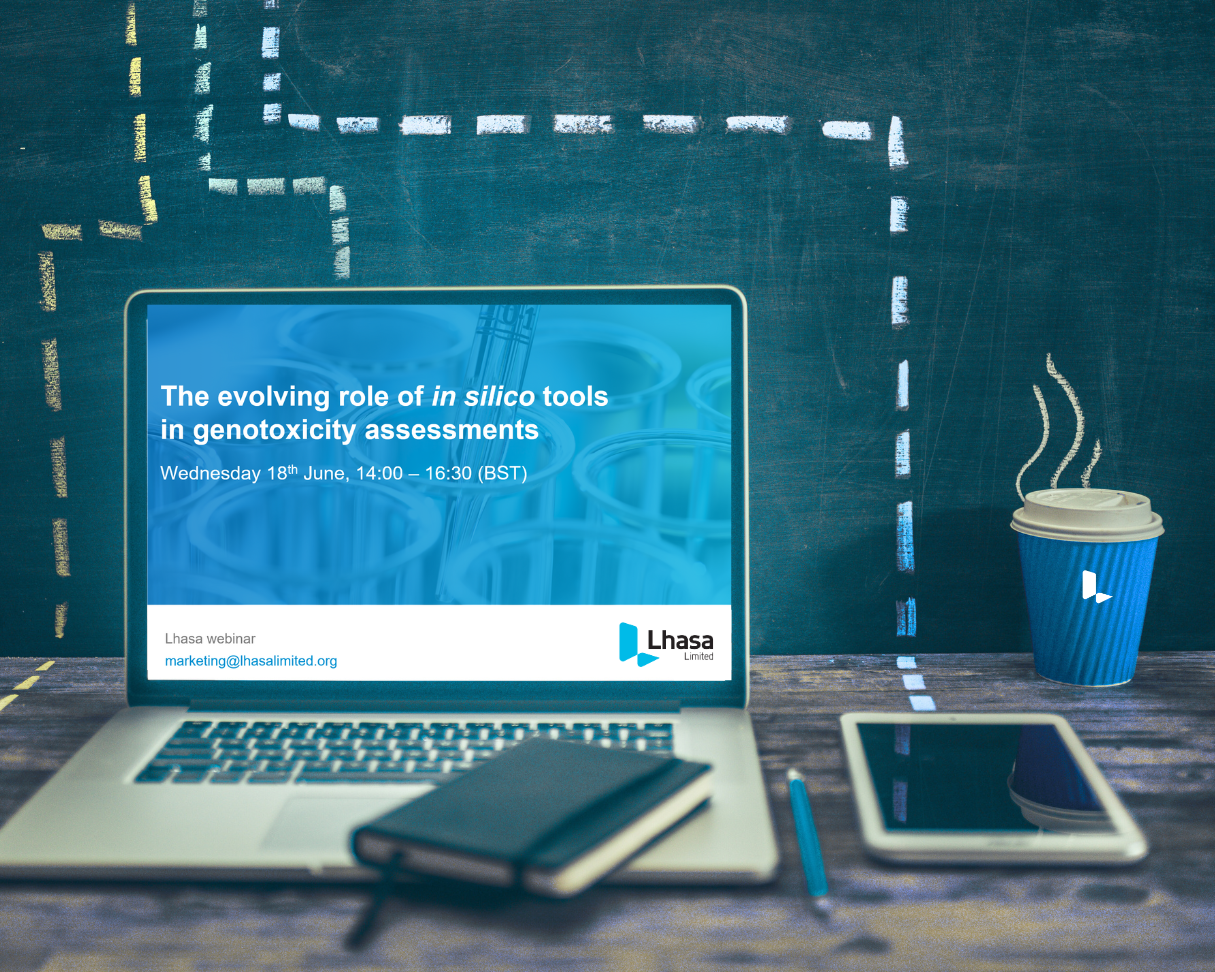In November last year, we published a ground-breaking article to Chemical Research in Toxicology titled ‘What Makes a Potent Nitrosamine? Statistical Validation of Expert-Derived Structure–Activity Relationships’.
Within the paper, we show that certain structural features, when treated independently, have a statistically significant impact on the carcinogenic potency of nitrosamines. It is with great excitement that we share this publication making it to Chemical Research in Toxicology’s top 20 most downloaded articles, as well as being the most viewed article within their November edition.
A huge thank you to the Lhasa scientists who wrote this paper; Robert Thomas, Rachael Tennant, Anax Oliveira and David Ponting.
If you haven’t already read the paper, here are three key discussion points:
- Using a statistical model (Bayesian multiple linear regression) to show that certain expert-derived Structure-Activity Relationship (SAR) features are statistically significant.
- Applying this method to treat structural features independently, even when each molecule contains multiple structural features.
- Deriving a method for classifying nitrosamines into order-of-magnitude classes, separating out the most concerning (such as methyl-substituted) and least-concerning (including steric and electronic effects) nitrosamines.
Read the full open-access article to learn how the methods discussed can speed up prioritisation for risk assessment, and even be used as part of a weight-of-evidence approach to suggest an Acceptable Intake (AI) limit for novel nitrosamines.
If you would like to further understand the risks associated with your potential nitrosamine impurities, the Complex Nitrosamines data sharing initiative uses anonymously shared Ames data and other toxicity data on Complex Nitrosamines to improve SARs. Enquire about joining the Complex Nitrosamines consortium here.
Last Updated on January 25, 2024 by lhasalimited



